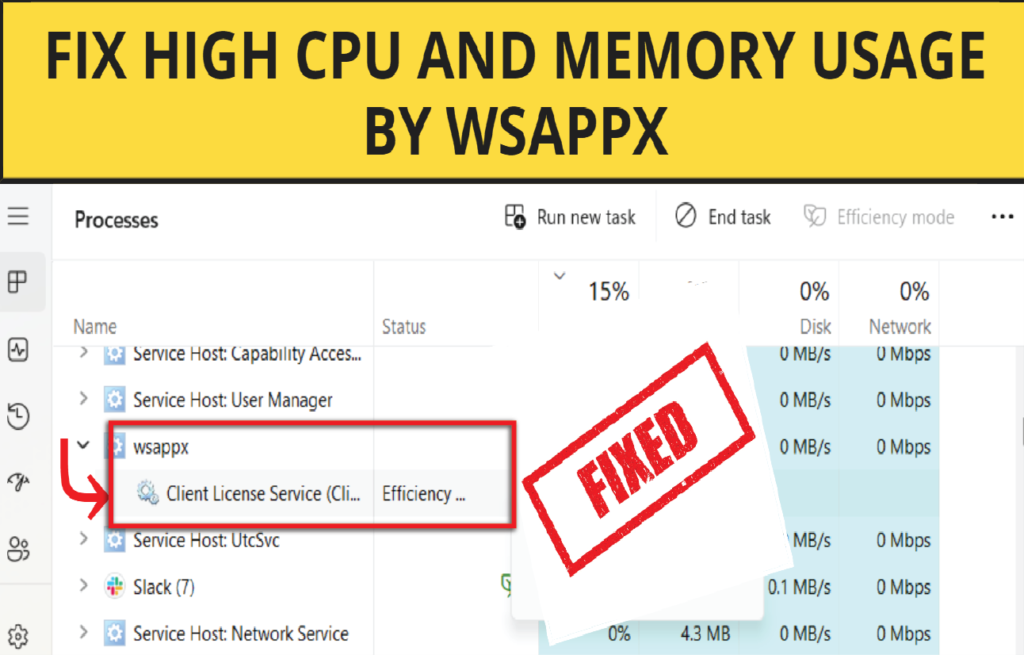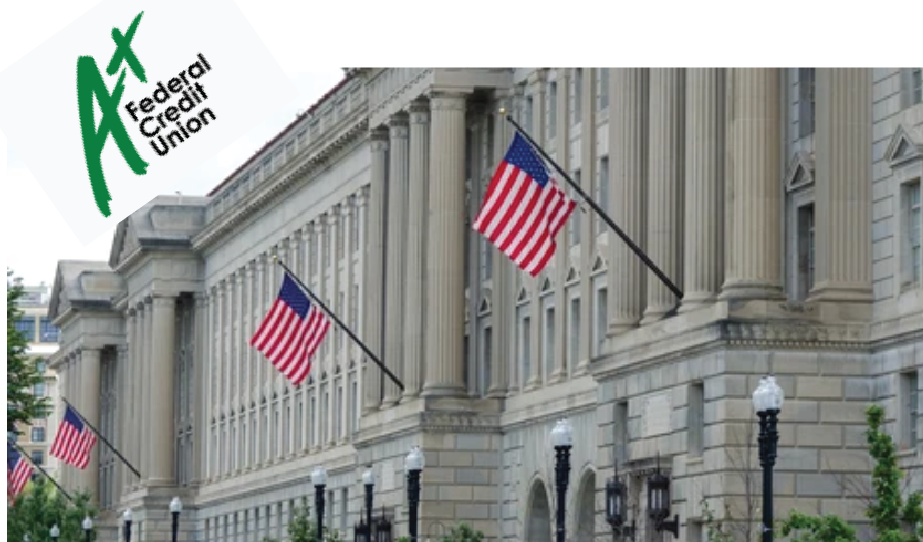Let’s discuss the 8 important steps to clean the Windows update cache. The Windows Update system maintains your computer’s security status and performance level through its deliveries of new features with performance adjustments alongside critical security update patches. It sometimes experience update problems because of both system cache clutter and corruption.
The Windows Update cache functions as a temporary holding space that Windows uses to store update files. Upgrades fail to install and run at a slow pace when the Windows Update cache reaches its capacity size or contains data errors. After clearing the cache Windows obtains new update files from their sources which helps solve multiple update problems.

This instruction will show you the proper method for safely clearing the iwindowsUpdate cache while providing additional maintenance instructions to achieve smooth update functionality.
Why to Clean the Windows Update Cache?
The Windows Update cache can sometimes become a problem rather than a solution. Here’s why you might want to clear it:
- Fix Update Errors – If updates are failing to install or showing error messages, a corrupt cache might be the cause.
- Free Up Disk Space – The cache files can take up several gigabytes of storage, affecting system performance.
- Speed Up Updates – A refreshed cache prevents unnecessary delays in downloading and installing updates.
- Resolve Stuck Updates – If Windows Update gets stuck at a certain percentage, clearing the cache often fixes the issue.
- Improve System Performance – Overloaded cache files can slow down background update services, affecting system speed.
Step 1: Stop Windows Update Services
The first step before clearing the Windows Update cache involves stopping background services that administer update files. The continuous operation of these services prevents conflicts during the removal of cache files therefore stopping the services creates a safe environment for file deletion.
Step 2: Delete the SoftwareDistribution Folder
All Windows update cache files reside within the SoftwareDistribution folder. Windows creates a new empty cache when you delete this folder because it temporarily strengthens update error responses.
You can execute the folder removal using these steps.
- To access File Explorer locate the following directory path: makefile C:\Windows\SoftwareDistribution.
- Copy code – C:\Windows\SoftwareDistribution

- Press the Ctrl + A key combination to select all files inside the SoftwareDistribution folder.
- Enter “Shift + Delete” to carry out permanent deletion.
- The deletion of this folder poses no risk since Windows will recreate it during its next update check.
Step 3: Manually Check for Windows Updates
Manual update checks become necessary after clearing the cache and services restart because they ensure proper system functioning.
To do this:
- Using the keyboard shortcut Windows + I will trigger the Settings application to appear.
- Open Update & Security then choose Windows Update under the provided options.
- Select Check for updates to let Windows obtain and install the required files.
- The correct functioning of Windows Update will show new updates downloading properly without encountering any issues.

Step 4: Reset the Windows Update Components (Optional but Recommended)
Resetting update components becomes a valid solution for fixing Windows Update if users fail to resolve their issues by clearing the cache. The service reset operates to refresh all settings and services that pertain to update functionality.
To reset Windows Update components:
- Open Command Prompt as Administrator.
- You should type these commands one at a time into Command Prompt.

net stop wuauserv net stop cryptSvc then type net stop bits net stop msiserver
- Rename the SoftwareDistribution and Catroot2 folders.
- Copy code
ren C:\Windows\SoftwareDistribution SoftwareDistribution.old ren C:\Windows\System32\catroot2 Catroot2.old
3. You must execute these service commands after restarting
- net start wuauserv - net start cryptSvc then type - net start bits - net start msiserver
4. To finalize the command prompt process you must close it followed by a system restart.
5. The restart of every update service becomes possible through this process.
Step 5: Check for Corrupt System Files
Corrupt system files can interfere with Windows Update, preventing updates from installing correctly. Running an SFC (System File Checker) scan can help detect and repair such issues.
To run an SFC scan:
- Open Command Prompt as Administrator.
Type the following command and press Enter:
Copy code
sfc /scannow
Wait for the scan to complete. If errors are found, Windows will attempt to fix them automatically.

This process ensures that your system files are intact and not causing update failures.
Step 6: Use Windows Update Troubleshooter
Windows contains an in-built troubleshooting program that identifies and repairs issues related to software updates. The tool allows users to handle recurring update issues that do not go away.
To use the troubleshooter:
- Press the Windows button followed by the I key to launch the Settings program.
- Enter Update & Security in Settings then open the Troubleshoot screen followed by Additional Troubleshooters.
- The built-in process to fix Windows Update problems starts by selecting Windows Update and then running the troubleshooting system.
- You need to carefully follow the screen instructions for the completion of the process.
- The tool operates automatically to both detect and resolve any update-related problems.
Step 7: Users Need to Conduct a System File Integrity Check.
Corrupt system files create problems with Windows Update such that updates fail to install properly. Using System File Checker with SFC will detect system file issues which can be automatically repaired.
To run an SFC scan:
- Open Command Prompt as Administrator.
- Type the following command in the command prompt followed by pressing Enter.
Copy code
sfc /scannow
- The process will finish its scan after a short period. Windows automatically tries to solve discovered errors during its system check.
- This check verifies that essential system files remain secure from corruption so update failures can be avoided.
Step 8: Restart Your Computer
Perform a computer restart after accomplishing all the necessary steps to implement the changes.
- From the Start menu click Power and select Restart.
- Open Windows Update after the reboot of your system.
- Your computer restart helps all updates and fixes to function correctly.
Conclusion – Clean Windows Update Cache
In conclusion, the Clean Windows Update Cache, helps resolve update issues and creates space while boosting updating speed. The guidelines in this document help your system to perform update operations efficiently.
Continue troubleshooting your problems with Windows Update by resetting system components and running a system file check if clearing the cache did not solve your problems. System updates remain vital to security and performance so you should solve any such issues right away.
Please spread this guide to those dealing with Windows Update problems after the guide shows you useful results.
FAQs – Clean Windows Update Cache
- Will clearing the Windows Update cache delete installed updates?
No, it only removes temporary files and does not affect installed updates.
- How often should I clear the Windows Update cache?
Only when you face update issues, such as failed installations or slow downloads.
- Is it safe to delete the SoftwareDistribution folder?
Yes, it is completely safe. Windows will recreate it automatically.
- What if Windows Update still doesn’t work after clearing the cache?
Try additional troubleshooting steps like resetting Windows Update components, running the troubleshooter, or checking for corrupt system files.
- Can I use a script to automate the process?
Yes, you can create a batch file with the necessary commands to stop services, delete the cache, and restart services automatically.


